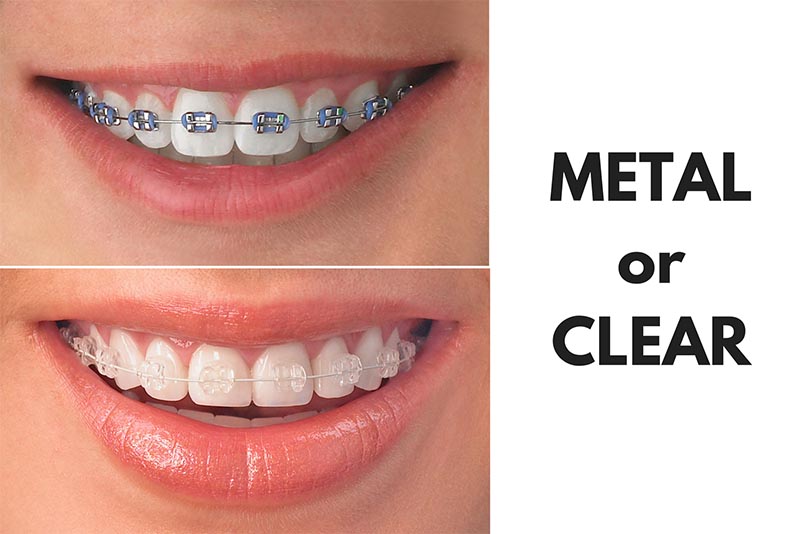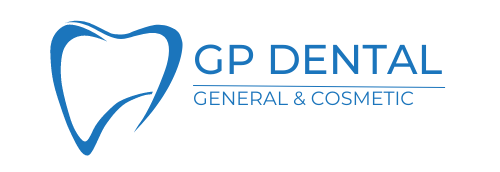Braces
Braces require a dentist or orthodontist to glue a small bracket to each tooth using dental cement. A wire is then fed through each of the brackets with a tight band placed over the wire to secure it to the bracket beneath. The tension of the wire and the band creates a pressure that slowly moves the tooth into alignment. Every couple of months the braces are tightened to pull the teeth further into position.
Braces are fitted to correct the alignment of the jaw and to move teeth for aesthetic purposes. They can be fitted for anywhere from six months to two years.

There are three common types of braces
- Metal – a traditional type of braces
- Ceramic – same as a metal type but less noticeable
- Lingual – these are attached to the back of the tooth so they are practically invisible. However, they are tougher to keep clean and can irritate the tongue.
What are the differences between braces and Invisalign?
- Invisalign, although recommended to wear at all times, can be removed as required, braces are permanently fixed for the duration of your treatment
- Both require frequent check-ups at the dentist, braces usually every 4-6 weeks and Invisalign retainers need to be changed almost fortnightly, however, some can be collected in advance
- Braces are extremely efficient at correcting more complex dental issues, Invisalign is for smaller adjustments
- Braces can break from time to time and will require an emergency dentist visit
Which one is best for you?
Both braces and the Invisalign have benefits, but of course, there are a number of factors that you need to consider to determine which is best for you. Before choosing between the two, make sure you consider the following:
- Cost – consider the total cost of both, how often payments need to be made and what your health insurance might cover
- Comfort – braces can be considered more painful as they move the teeth a lot quicker than Invisalign does, however, most patients do achieve quicker and more noticeable results with braces. Invisalign can be removed whenever, but keeping in mind that removing them is slowing down the process even more.
- Maintenance – Invisalign is arguably less maintenance, particularly as they can be removed for thorough cleaning. Whereas braces need a lot of TLC to keep clean.
Clear Correct Braces Alternative FAQ’s
Below are some of the most commonly asked questions in relation to clear correct braces.
If your question is not there please feel free to call one of our three clinics for an answer to your question.
